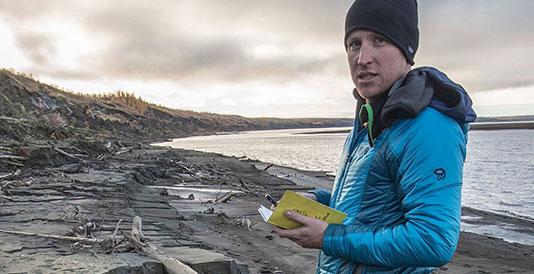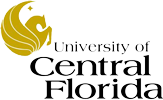 February 13, 2017 (Source: FSU) - A Florida State University researcher is delving into the complexities of exactly how permafrost thawing in the Earth’s most northern regions is cycling back into the atmosphere as carbon dioxide and further fueling climate change. Answer: It has a lot to do with tiny little bugs called microbes and little to do with sunlight.
February 13, 2017 (Source: FSU) - A Florida State University researcher is delving into the complexities of exactly how permafrost thawing in the Earth’s most northern regions is cycling back into the atmosphere as carbon dioxide and further fueling climate change. Answer: It has a lot to do with tiny little bugs called microbes and little to do with sunlight.
Assistant Professor of Earth, Ocean and Atmospheric Science Robert Spencer and a team of researchers traveled to Siberia from 2012 to 2015 to better understand how thawing permafrost affected the carbon cycle. They specifically investigated how the vast amounts of carbon stored in this permafrost transferred to the atmosphere as carbon dioxide.
In a paper published in the American Geophysical Union’s Journal of Geophysical Research-Biogeosciences, Spencer along with Aron Stubbins from the University of Georgia explain that bacteria — or microbes — were the dominant consumer of this carbon. They are gobbling up the carbon from the thawing permafrost and spitting it back out as carbon dioxide. This is in contrast to sunlight, which could also break down the carbon and turn it into carbon dioxide. In their study, researchers found sunlight converted little if any permafrost thawed carbon to carbon dioxide, whereas microbes were shown to rapidly convert permafrost carbon to carbon dioxide.
Journal of Geophysical Research: Biogeosciences Journal Article











